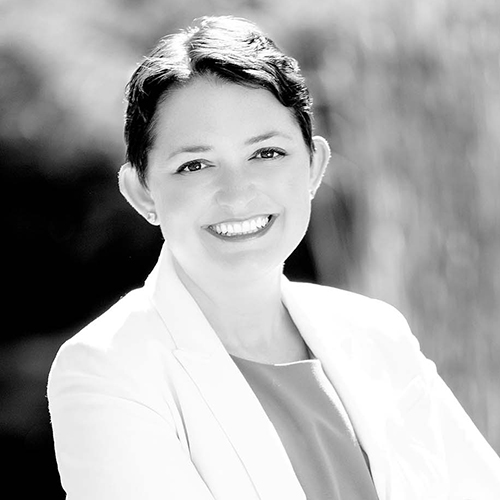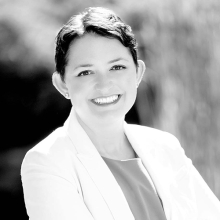Foundations for Practice: The Future for Law Students, Law Schools, and the Profession
 Thirteen years ago this week, I took the bar exam in Colorado. Later, sitting in my new office in my new law firm with my new computer and my new-to-me view of Denver, I distinctly remember swiveling in my office chair, thinking, “What exactly is it that I do here and how will I know if I’m doing it well?”
Thirteen years ago this week, I took the bar exam in Colorado. Later, sitting in my new office in my new law firm with my new computer and my new-to-me view of Denver, I distinctly remember swiveling in my office chair, thinking, “What exactly is it that I do here and how will I know if I’m doing it well?”
I had been working—or, rather, studying—my entire life to sit in that chair. I had spent the last three years of my life in school (and would spend the next 25 years of my life in debt for the privilege of attending school) to train specifically for that job—or so I thought—and still I had no clue what that meant.
I would like to think that I was an anomaly—that other graduating students were leaps and bounds ahead of me and knew exactly what they were in for and had some idea of where to start on their first day. That I had simply been absent the day we were supposed to learn how to be lawyers.
Of course, that doesn’t seem to be the case.
According to BARBRI’s 2015 State of the Legal Field Survey, just 23% of practitioners believe new lawyers have sufficient skills to practice. Across the country, legal employers’ and bar organizations’ concerns about the readiness of new lawyers have crescendoed. But while the problem—that new lawyers are lacking in preparation—seemed clear, it has been less clear just what that meant. What are new lawyers lacking?
Our Foundations for Practice survey set out to define that. After working with state bar organizations to distribute the survey across the country, we are sitting on more than 24,000 responses from lawyers in all 50 states. Today, we are releasing two exciting outcomes from the survey:
- Our first two reports in a series of reports that will result from the data! First, Survey Overview and Methodological Approach describes the Foundations for Practice survey and methodology used for the foundations and describes the demographics and practice-specific characteristics of the respondents. Second, The Whole Lawyer and the Character Quotient, our lead report, shows that new lawyers are successful when they have a much broader blend of legal skills, professional competencies, and, most importantly, characteristics that comprise the “whole lawyer.”
- A data visualization tool that allows you to explore the results on your own terms.
These results are just the beginning. We will publish more reports, and, importantly, we now get to move on to what’s next: helping law schools and the legal profession do something with them. More on that soon.
In the meantime, these results give everyone a starting point to improve the way we train and educate lawyers. Law schools can use them to think about learning outcomes for students, legal employers can use them to reconsider their hiring practices to ensure they’re hiring graduates who embody the foundations they are seeking, and law students and graduates can use them to drive their own professional development.
I think about that new lawyer I was 13 years ago who wanted to be great but didn’t even know what that meant. It would have been great to have a key to success. New lawyers now have one in the Foundations for Practice section of our lead report and through individual exploration of the data we have made public on our website.


